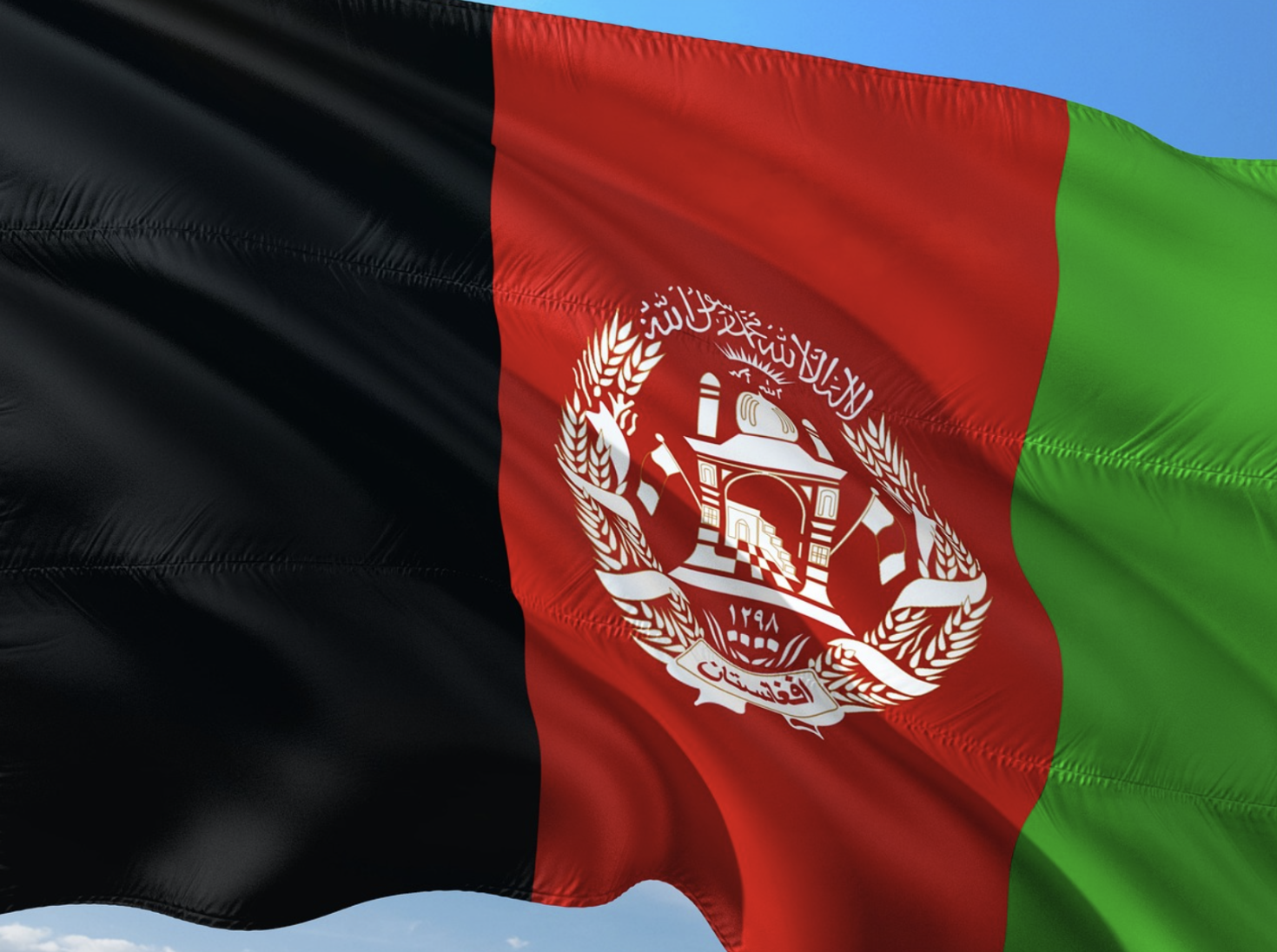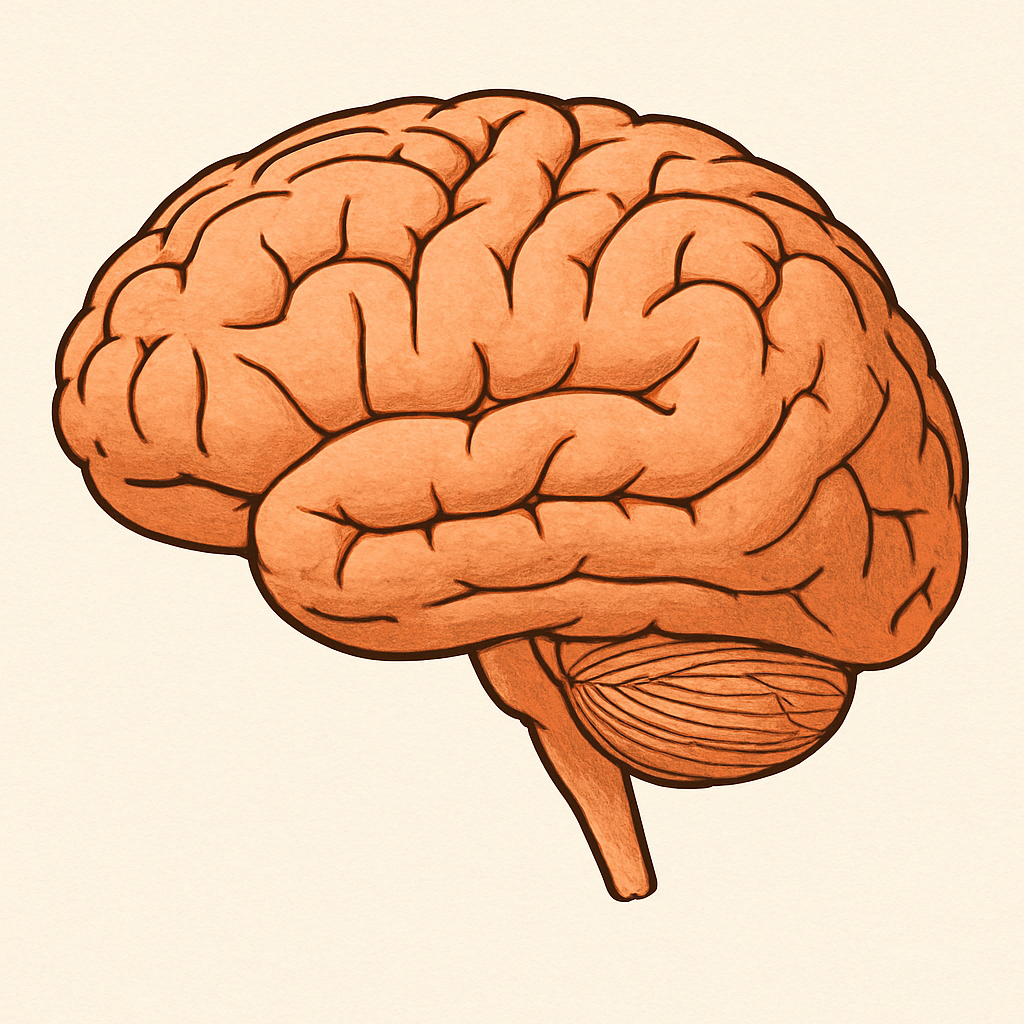
[객원 에디터 6기 / 이석현 기자] The relationship between the Taliban and Afghanistan is a complex tale that spans decades. Its roots trace back to the Afghan resistance against Soviet occupation during the 1980s that evolved into power struggles, political instability, and international interventions. In turn, this history has crucially shaped Afghanistan and the Taliban’s role in the country.
The Soviet Union invaded Afghanistan in the 1980s. The Afghan people, aided by the United States and other Western countries, formed a resistance movement known as the Mujahideen, consisting of fighters who would later become key Taliban figures. When Soviet forces withdrew from Afghanistan in 1989, they left behind a power vacuum that set the stage for turmoil.
Afghanistan found itself in a devastating civil war between different Mujahideen factions. Amid the chaos, the Taliban emerged in the early 1990s, largely consisting of religious students and fighters who sought to establish a strict interpretation of Islamic law in the country. By 1996, the Taliban had captured Kabul and established the Islamic Emirate of Afghanistan.
During its rule, the Taliban implemented a harsh version of Sharia law that drew condemnation from the international community for their treatment of women, suppression of cultural practices, and sheltering of international terrorists.
The most notorious of their associates was Osama bin Laden, the mastermind behind the 9/11 attacks. In the wake of these attacks, the United States, along with its allies, launched the War on Terror, aiming to dismantle the Taliban regime. In 2001, a U.S.-led coalition ousted the Taliban from power, marking the beginning of a new phase in Afghanistan’s history characterized by reconstruction, attempts to establish democracy and international aid. Nonetheless, the Taliban persisted as an insurgent force, regaining strength in the subsequent years through guerrilla warfare and recruitment.
The withdrawal of foreign forces in August 2021, following a peace agreement between the United States and the Taliban, paved the way for the group’s return to political prominence. Its rapid takeover of Kabul in August 2021 allowed the Taliban to reclaim control and re-establish the Islamic Emirate. This development sparked concerns about the future of human rights, women’s rights, and political stability in Afghanistan.
The history between the Taliban and Afghanistan is marked by conflict, foreign interventions, and shifting political landscapes. It narrates the challenges faced by the Afghan people and the international community in their efforts to promote stability, democracy, and human rights in the region. As Afghanistan enters a new chapter, the role of the Taliban will continue to evolve to shape the destiny of a country with a rich and complex history.
Sources: BBC, Aljazeera, CNN





